#168: Lenzites betulina
From above, Lenzites betulina looks a lot like the Turkey Tail (Trametes versicolor, FFF#065). When you flip the mushroom over, however, it looks completely different. L. betulina has a distinctly gilled spore surface, which easily separates it from nearly every other polypore. A few others do have gills, but L. betulina is the only one with pale gills and pale flesh. This mushroom is usually referred to by its scientific name, but it is sometimes called “the Multicolored Gill Polypore” or “the Birch Mazegill.”
Description
L. betulina produces small to medium-sized (2 – 10cm), semicircular brackets on dead wood. These brackets often appear in overlapping clusters, but I find there is usually space between the mushrooms horizontally. As a result, the mushrooms only rarely fuse laterally. L. betulina grows outward from a central point of attachment, so its final shape will depend on how much space it has to grow. When fruiting from the side of a log, the mushrooms will grow into a semicircular shape. If the mushroom began on top of a log (which is not as common), it will become kidney-shaped to almost circular and may develop a rudimentary stipe-like structure. L. betulina can grow up to 2cm thick at the point of attachment.1–5
The most striking feature of the pileus is the concentric zones of color. Each zone has its own color, texture, and elevation. L. betulina usually sports whitish, gray, red, and brown colors. Older fruiting bodies are often colored green with algae that have colonized the cap. The entire surface of the pileus is covered in dense hairs. Grooves or bumps frequently radiate from the central point of attachment, giving the mushroom’s margin a wavy outline.1–5
Flip the mushroom over and you will find L. betulina’s most distinguishing characteristic: the spore surface forms gills. These gills extend outward radially from the point of attachment and are tough and white to creamy in color. L. betulina’s gills look a lot like those of agarics because they have sharp edges. However, the rest of the mushroom looks, feels, and smells like a polypore. Its tough to corky texture is unlike that of any of the stemless gilled agarics that fruit on wood. Additionally, some of the gills may fork and fuse with their neighbors, making small areas more maze-like or net-like than agarics.1–5
Ecology
L. betulina is saprobic, decomposing the dead wood of hardwoods and sometimes conifers.1–5 L. betulina grows in North America and Europe. In the United States, it is a common mushroom everywhere except the American Southwest.4 It commonly appears on birch in Europe (betulina means “inhabiting birch trees”5), but in North America it is just as likely to grow on any other hardwood. The mushrooms develop in the summer and fall, however the tough fruiting bodies can last long enough to be seen in other seasons as well.1–5
Similar Species
From above, L. betulina is nearly indistinguishable from the Turkey Tail. However, I find I can usually identify L. betulina without having to look at the gills (at least in my part of the world). In my experience, L. betulina is usually larger and thicker than the Turkey Tail. Additionally, its cap more frequently features orange colors and usually features larger sections of pale colors than that of T. versicolor. Perhaps most helpfully, fresh L. betulina mushrooms have a flat cap that is often slightly curved up around the edges. The Turkey Tail is also flattish but often curves downward. L. betulina can curve down when dried out, but this is more dramatic than the downward curve of a dried-out T. versicolor. These differences are very subtle, so the best way to consistently tell the difference is to look at lots of samples of both mushrooms.
There are a few other mushrooms that have well-defined gills. The ones most likely to be confused with L. betulina belong to the genus Gloeophyllum. Generally, these mushrooms are much darker in color. They tend to have brown flesh and brown gills.1,3
Taxonomy
L. betulina has only two mycologists’ names associated with it, denoted by the “(L.) Fr.” after the formal name. These initials represent two famous taxonomists: Carl Linnaeus (L.) and Elias Magnus Fries (Fr.).2 Linnaeus, of course, was the father of modern taxonomy.6 Fries was one of the first people to focus on resolving the taxonomy of mushrooms, so he was arguably as important to mycology as Linnaeus.7 Linnaeus originally described the mushroom as Agaricus betulinus (all gilled mushrooms were once placed in the genus Agaricus) and Fries later transferred the mushroom to the genus Lenzites.2 Their initials are appended to the binomial name, which connects the name to the official descriptions of the fungus.
| Kingdom | Fungi |
| Phylum | Basidiomycota |
| Subphylum | Agaricomycotina |
| Class | Agaricomycetes |
| Order | Polyporales |
| Family | Polyporaceae |
| Genus | Lenzites |
| Species | Lenzites betulina (L.) Fr.8 |
See Further:
http://www.mushroomexpert.com/lenzites_betulina.html
http://www.first-nature.com/fungi/lenzites-betulinus.php
http://www.rogersmushrooms.com/gallery/DisplayBlock~bid~6284.asp
http://www.messiah.edu/oakes/fungi_on_wood/poroid%20fungi/species%20pages/Lenzites%20betulina.htm
Citations
- Michael Wood & Fred Stevens. California Fungi—Trametes betulina. The Fungi of California Available at: http://www.mykoweb.com/CAF/species/Trametes_betulina.html. (Accessed: 25th November 2016)
- Pat O’Reilly. Lenzites betulinus Birch Mazegill identification. First Nature Available at: http://www.first-nature.com/fungi/lenzites-betulinus.php. (Accessed: 25th November 2016)
- Michael Kuo. Lenzites betulina. MushroomExpert.Com (2005). Available at: http://www.mushroomexpert.com/lenzites_betulina.html. (Accessed: 25th November 2016)
- Roger Phillips. Lenzites betulina Mushroom. RogersMushrooms Available at: http://www.rogersmushrooms.com/gallery/DisplayBlock~bid~6284.asp. (Accessed: 25th November 2016)
- Gary Emberger. Lenzites betulina. Fungi Growing on Wood Available at: http://www.messiah.edu/oakes/fungi_on_wood/poroid%20fungi/species%20pages/Lenzites%20betulina.htm. (Accessed: 25th November 2016)
- Pat O’Reilly. Carolus Linnaeus (Carl von Linné)(1707 – 1778) – a brief biography. First Nature Available at: http://www.first-nature.com/fungi/~biog-linnaeus.php. (Accessed: 25th November 2016)
- Pat O’Reilly. Elias Magnus Fries: brief biography. First Nature Available at: http://www.first-nature.com/fungi/~biog-fries.php. (Accessed: 25th November 2016)
- Lenzites betulina. Mycobank Available at: http://www.mycobank.org/BioloMICS.aspx?Table=Mycobank&Rec=14178&Fields=All. (Accessed: 25th November 2016)

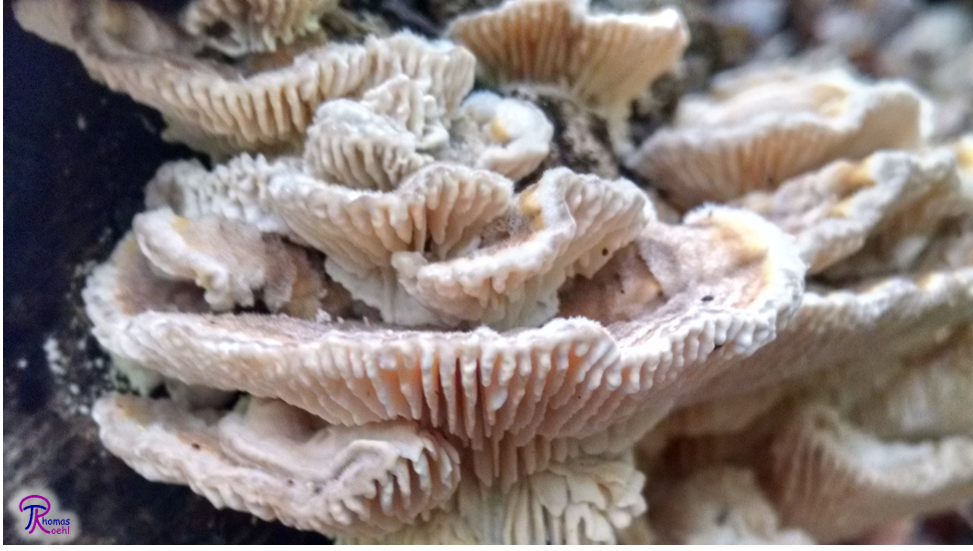
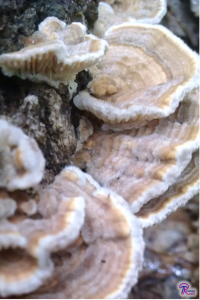
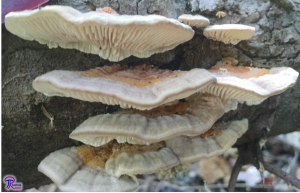

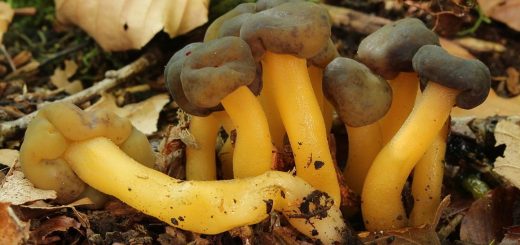
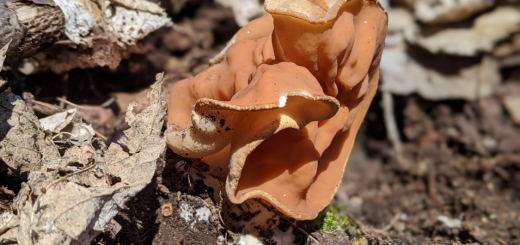





![#011: Characteristics of Kingdom Fungi [Archived]](https://www.fungusfactfriday.com/wp-content/themes/hueman/assets/front/img/thumb-small-empty.png)

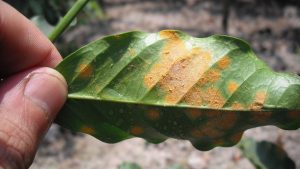
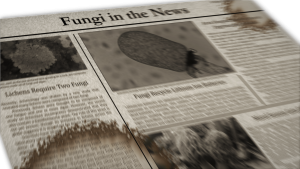
4 Responses
[…] betulina (FFF#168) is also similar from above, but it has well-formed gills on its undersurface. Thanks to this […]
[…] that are not quite so well formed. For example, Phylloporus rhodoxanthus and Lenzites betulina (FFF#168) are known as the “Gilled Bolete” and the “Gilled Polypore,” respectively. Neither one […]
[…] Both Stereum ostrea (the False Turkey Tail FFF#144) and Lenzites betulina (the Gilled Polypore, FFF#168) grow as bracket fungi on wood and produce colorful, zonate mushrooms. However, a quick look at the […]
[…] probably never know. The First Nature profile for the Birch Mazegill is here, some more information here, and our original post on the Lumpy Bracket is […]